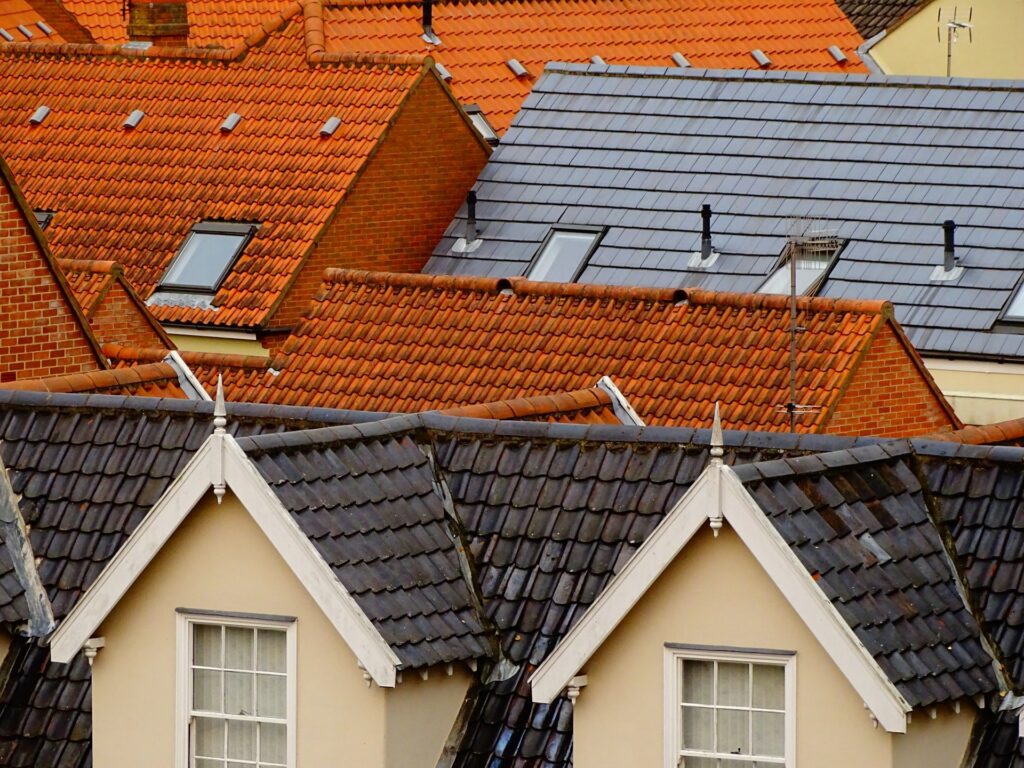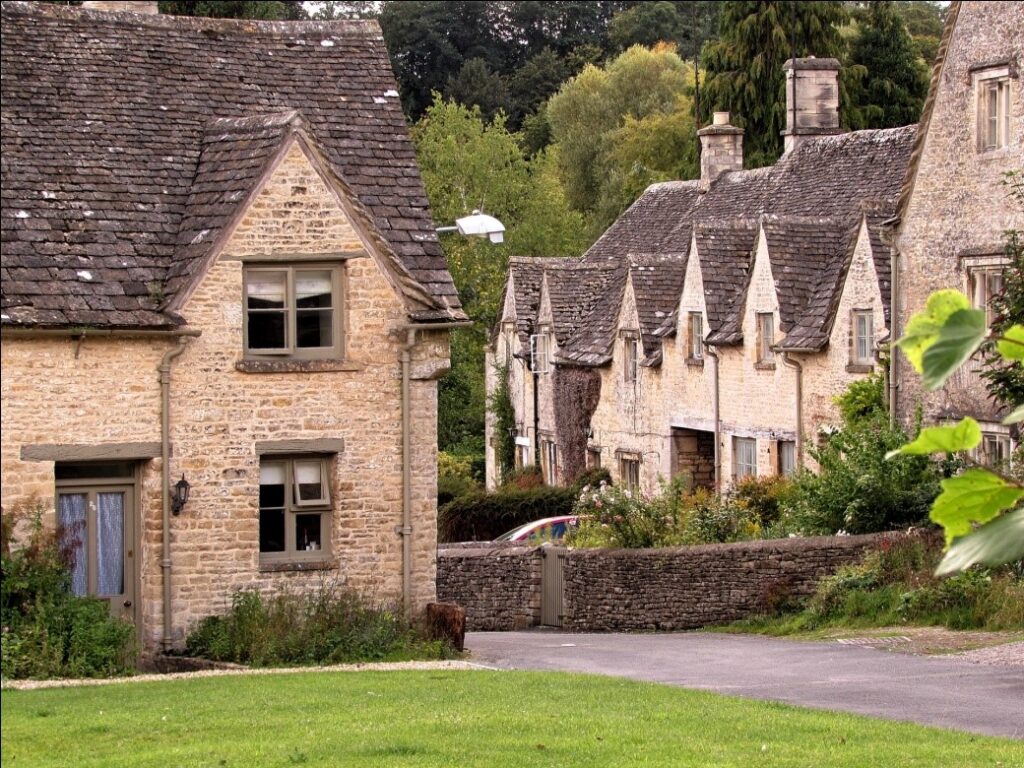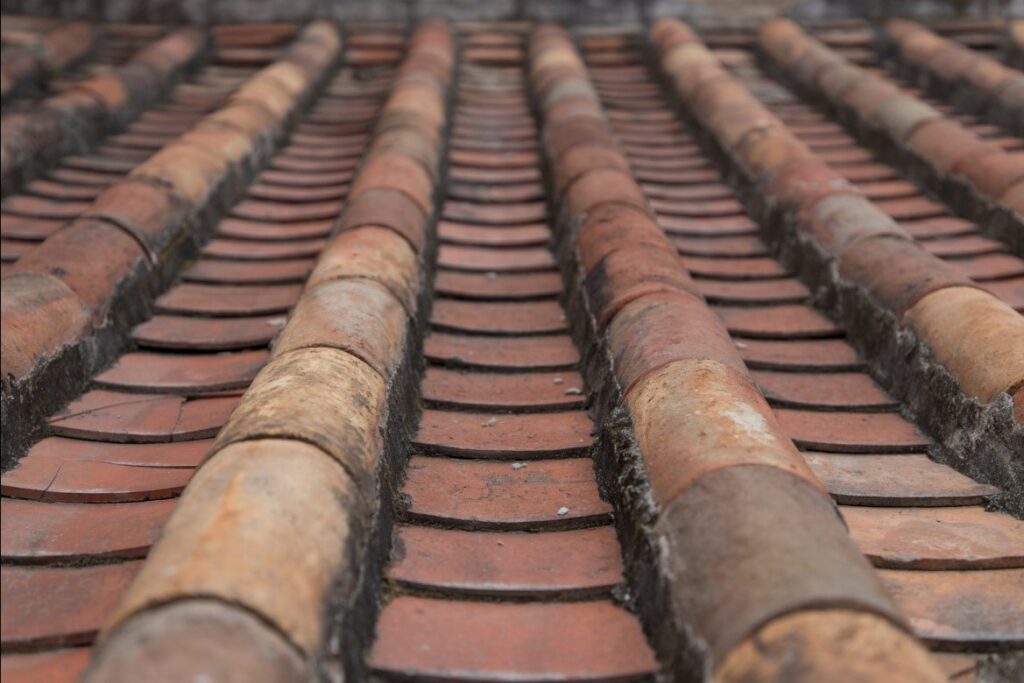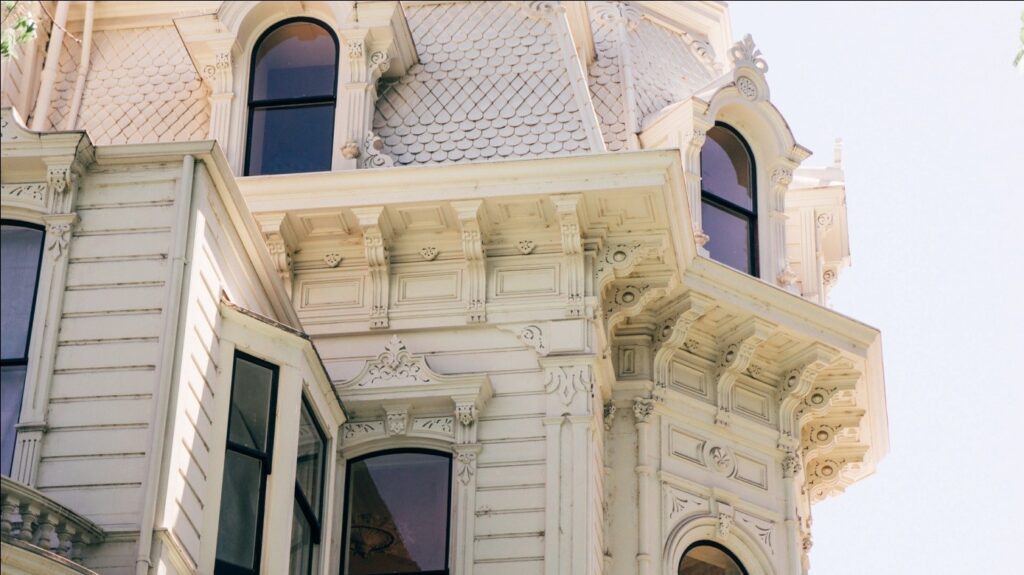Choosing the right roofing materials for a historic house
Maintaining a home is a demanding and costly thing. To be able to have a house in top-notch condition, regular investments are required. Luckily, it’s possible to perform some of the work through DIY projects, which can save you some money. Still, some home improvements, like tile replacement or roof repairs, can’t be adequately done without the help of a professional. Usually, when replacing or fixing such issues, the first concern is the abundance of available options in terms of materials. You need to know what is right for you. Also, if your home is of certain older age with specific architectural features, you will have to find the best solutions to make the roof look authentic and functional. Choosing the right roofing materials for a historic house demands a different approach than a typical modern home. To help you out with your decisions, we have gathered the requirements and criteria for the best solutions.
The importance of roof maintenance
Walls, ceilings, basement, foundations, and roofs are the essential components of every residential property. That means that untreated damage to any of these elements can cause serious harm to our homes. The roof might not be the primary structural element of a house since it doesn’t directly support the building, but its deterioration will affect the whole architecture. Quality roofing will protect the home from natural elements, so frequent inspection and maintenance will save you a lot of money and prevent serious damage. All areas on top of the house must be adequately covered. It will help avoid problems with water resistance and room temperature but also keep pest issues under control. Every homeowner wants to keep their house in top condition. Improving and restoring its original glow will not only protect the property from damage but will also add market value to it.
Doing research
If you are an owner of a very old home, you’ve probably researched a house history at some point. If you plan to preserve the original features, it’s necessary to gather as much information as possible. Your current roof might not be the original, so you shouldn’t rely only on existing material evidence. Looking into documents that may have information about the house’s past can help. Also, compare its architectural style with other homes from the same period. This can mean a lot if your property has had any inadequate restorations. Choosing the right roofing materials for a historic house is not an easy task for someone who hasn’t had experience with such projects. Therefore, consulting an architectural historian might be the best solution.
Historic roofing materials
If your historic home has a particular architectural style where the roof has a specific focus, like in Georgian and Victorian houses, it would be wise to consult expert historians for advice. Such old houses have specific details and features that could be overseen during the roof replacement. The most commonly used original roofing materials for historic homes are:
- Clay tiles – used since the 17th century mainly on homes with Spanish architectural influence.
- Slate – the stone slabs made out of slate were a popular roofing material since the 18th century. However, nowadays, stone slates are rarely used since there are more affordable options.
- Metal roofs – metal is rarely used to cover homes before the 19th century. Still, it can be seen on some fancier Colonial houses where they were functional and aesthetically appealing.
- Wood shingles/shakes – a wood type of shingles is one of the most common roofing materials in many historic homes. It is available, affordable, easily treated, and dyed.
Authenticity vs. modern materials
Preserving the original look of the historic homes is very important. Hence, many historical societies will encourage you to use authentic materials when remodeling your property. However, investing in home improvements in such homes is very expensive. That’s why many homeowners are looking for an alternative in modern materials that will have the same aesthetic appeal but improved roof performance. Such materials are cost-effective and more durable. That makes them a great option to consider if you cannot invest a lot in restoration. Still, you should remember that not following authenticity when working on home improvements can mean a significant loss on the value of your historic home if you ever decide to sell it.
Opting for alternative modern materials
Many modern roofing alternatives can replicate the looks, color, texture, and details of historical materials. If you decide to go for modern replacements, chose the ones with the most similar traits. After all, preserving the visual features of your historical architectural design home is the priority. Optional materials to replace the originals are:
- clay tiles – concrete or ceramic tiles,
- slate – designer asphalt shingles,
- metal roof – 3-tab shingles or modern metal roof,
- wood shingles/shakes – designer asphalt shingles, treated wood shakes
.
It is essential to check your decisions with relevant authorities and the historic preservation office, especially if your property is of historical significance. In such cases, the office could perhaps help you with raising funds to help with restoration.
Storing your possessions
Having construction work on your home is usually impossible without temporarily moving out of the property. Moreover, it’s important to protect your items during renovations, especially when replacing the roofing materials on a historic house. These homes are usually big and have many valuable furniture in them. Making sure they are safe from any damage is crucial. The most efficient way to have all of your things secure is to move them to a storage unit. Nowadays, you can easily choose the right type of storage space for your needs. Most people who have extensive renovation and remodeling projects opt for portable units. That way, all of your staff is nearby and easily accessible.
Conclusion
Investing in significant home improvements such as roof repairs and replacement might be costly, but it is also a safe investment in the future. Such restorations of historic homes add an excellent market value and give durability to your property. And even though choosing the right roofing materials for a historic house might take some research and extra paperwork, doing it properly will save you from a lot of potential issues in the future.









Recent Comments